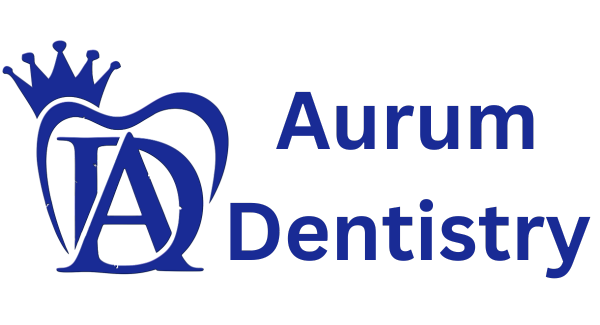Dental myths and facts refer to commonly held beliefs or misconceptions about oral health and dental care that may not be accurate or evidence-based. It’s important to dispel these myths to promote proper dental hygiene and overall health. Here are some common dental myths and their corresponding facts:
- Myth: Brushing Harder Cleans Teeth Better:
Brushing too hard can actually harm your teeth and gums by wearing down enamel and causing gum recession. It’s important to use a gentle, circular motion when brushing to effectively remove plaque without causing damage.
2. Myth: Sugar is the Only Cause of Cavities:
While sugar is a major contributor to cavities, it’s not the only factor. Starchy foods like chips and crackers can also break down into sugars that feed bacteria in the mouth. Poor oral hygiene and infrequent dental visits can also lead to cavities.
3. Myth: Teeth Whitening Damages Tooth Enamel:
When done correctly and under professional supervision, teeth whitening treatments are safe and don’t damage enamel. Whitening products are formulated to minimize enamel erosion while effectively removing stains.
4. Myth: You Only Need to See a Dentist If You Have Pain:
Regular dental check-ups are crucial for preventive care. Dentists can detect issues early, such as cavities and gum disease, before they cause pain. Catching problems early often leads to less invasive and costly treatments.
5. Myth: Gum Bleeding While Brushing is Normal:
Gum bleeding can be a sign of gum disease (gingivitis). Healthy gums should not bleed when brushing or flossing. If you experience bleeding, it’s important to consult a dentist to address the underlying issue.
6. Myth: Baby Teeth Aren’t Important Because They Fall Out:
Baby teeth play a vital role in speech development, proper chewing, and guiding permanent teeth into place. Premature loss of baby teeth due to decay or other issues can lead to dental problems in the future.
7. Myth: Chewing Sugarless Gum Can Replace Brushing:
Sugarless gum can help stimulate saliva flow, which aids in neutralizing acids and cleaning the mouth. However, it’s not a substitute for proper brushing and flossing, which are essential for removing plaque and maintaining oral health.
8. Myth: Dental X-Rays are Unsafe:
Dental X-rays use minimal radiation and are considered safe. The benefits of X-rays in diagnosing dental issues far outweigh the minimal risks. Dentists take precautions to limit radiation exposure.
9. Myth: Dental Treatments are Always Painful:
With modern techniques and anesthesia, dental treatments are generally comfortable. Dentists prioritize patient comfort and use various methods to minimize pain and anxiety.
10. Myth: Braces are Only for Cosmetic Purposes:
While braces can improve the appearance of teeth, they also correct issues like misalignment, bite problems, and overcrowding, which can contribute to oral health problems if left untreated.
Understanding and dispelling these dental myths can lead to better oral health practices and overall well-being. Always consult with a qualified dentist or oral health professional for personalized advice and treatment.









